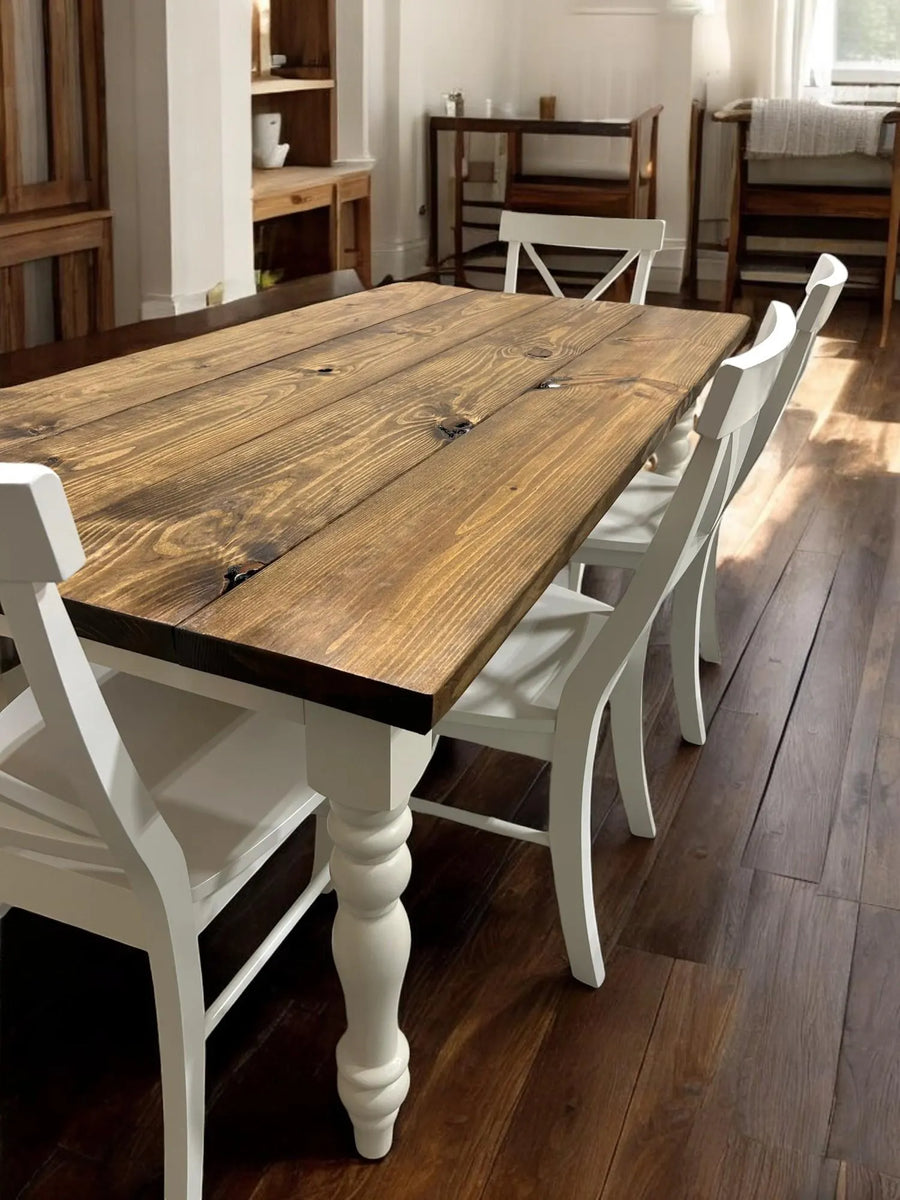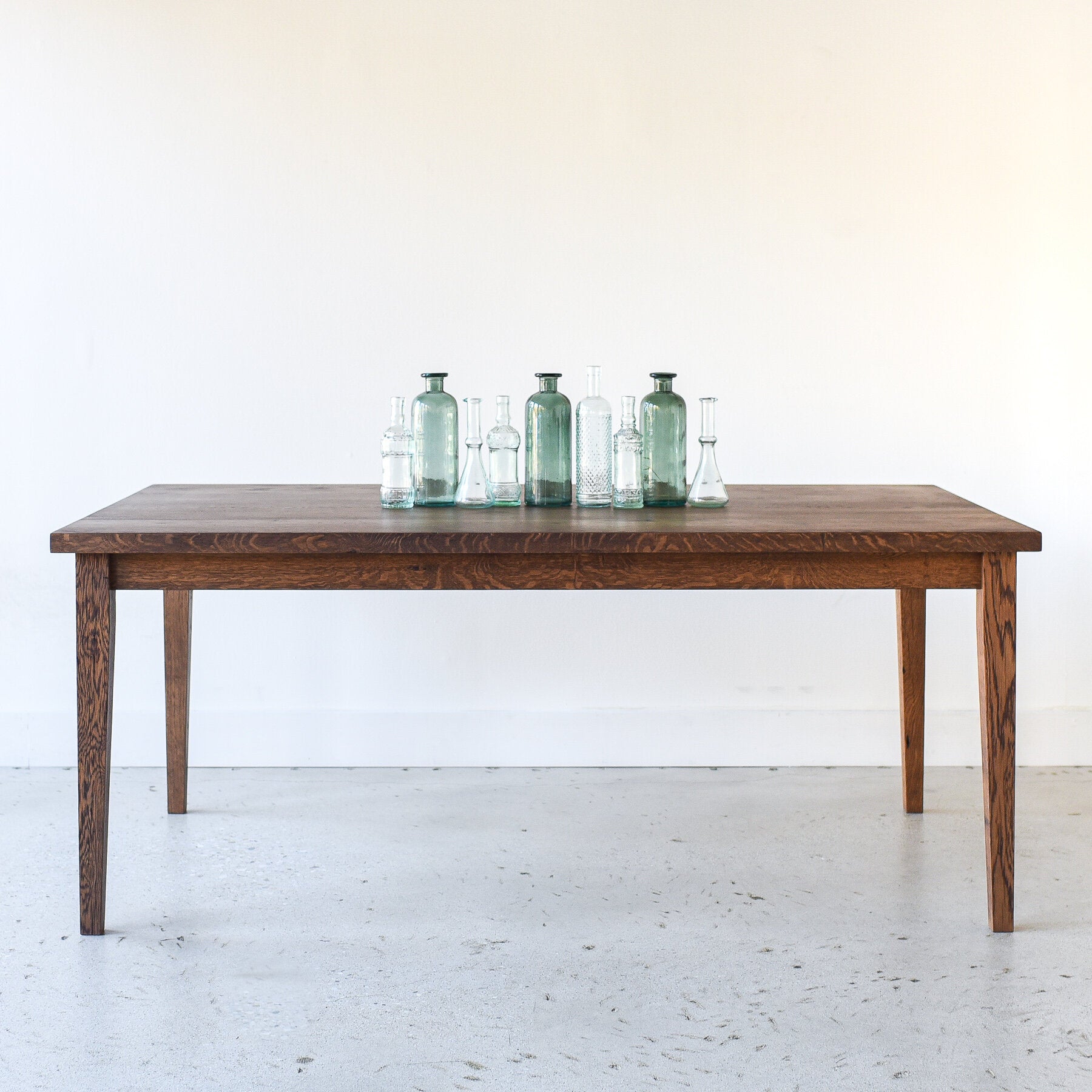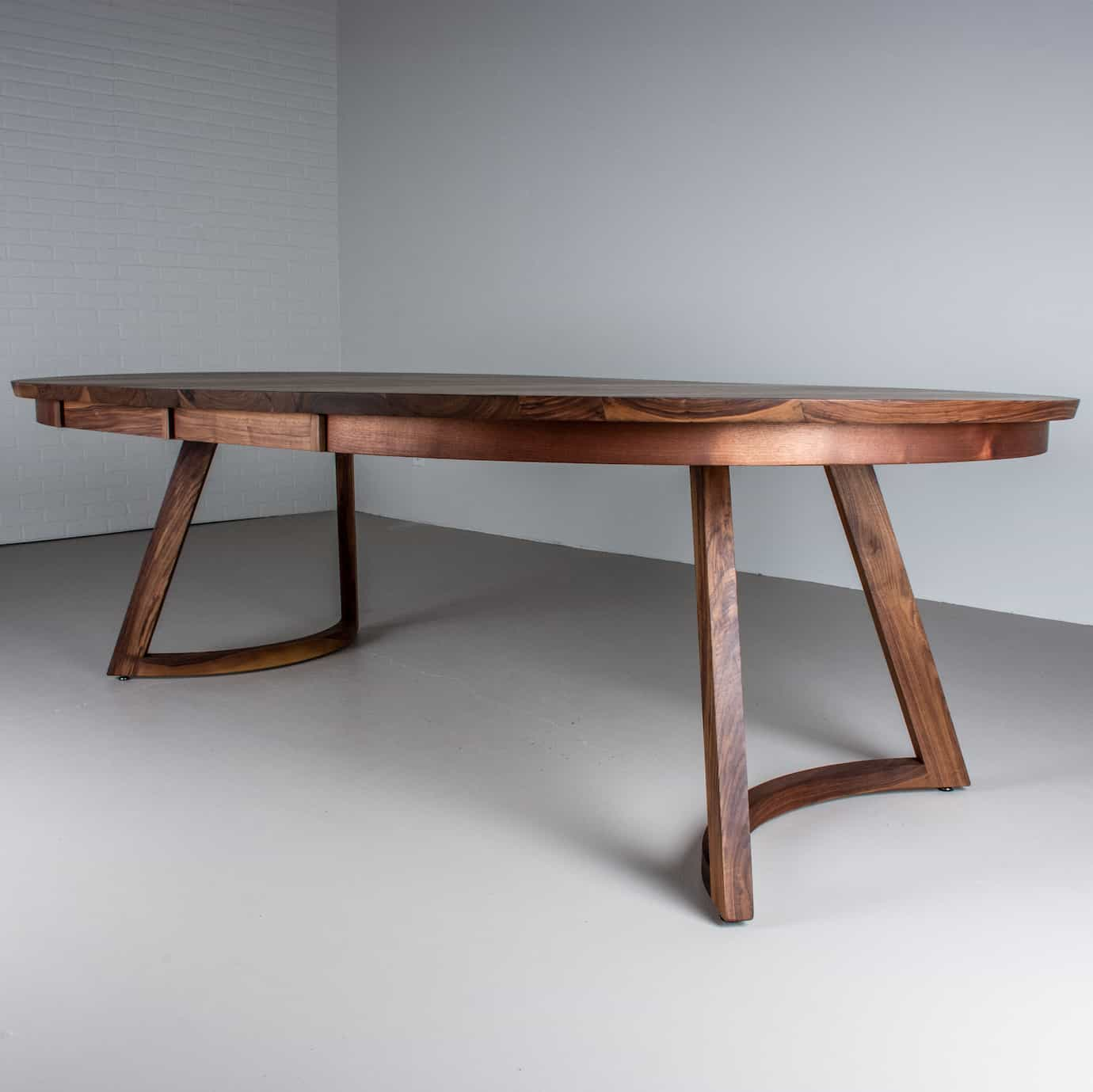Attain an Advanced Look with Costs Dining Table Legs Wood Options
Attain an Advanced Look with Costs Dining Table Legs Wood Options
Blog Article
Important Considerations for Picking the Right Table Legs Timber
Picking the appropriate wood for eating table legs includes a nuanced understanding of different aspects that influence both capability and aesthetic allure. The selection of wood type, ranging from durable woods to more fragile softwoods, plays a critical function in making certain sturdiness and stability. Each of these aspects can considerably impact the overall experience of your dining space.
Relevance of Timber Type

Hardwoods, such as walnut, oak, and maple, are frequently favored for their toughness and resistance to use. These sorts of wood give a durable foundation that can endure everyday use, making them optimal for eating tables that experience regular celebrations. On the other hand, softer woods like yearn may be much more susceptible to scrapes and damages, which might not be suitable for high-traffic areas.
In addition, the selection of timber can also affect the simplicity of maintenance. Some timbers need normal oiling or sealing to maintain their look, while others might be much more forgiving. Eventually, selecting the ideal timber kind involves stabilizing visual considerations with useful demands, making certain that the dining table legs not only look appealing yet additionally stand the test of time.
Examining Security and Strength
When assessing table legs, one need to consider the stability and toughness they offer to the overall structure. The legs are crucial in sustaining the table top and guaranteeing the dining experience is secure and delightful. A steady table is crucial for stopping wobbling or tipping, which can cause spills or accidents during dishes.
The selection of timber type considerably affects stamina. Hardwoods such as oak, walnut, and maple are normally a lot more robust and durable than softwoods like yearn or fir. Additionally, the density and layout of the legs play a critical role; thicker legs or those with a conical design can offer better assistance and stability.

Aesthetic Factors To Consider
While functionality is vital, the aesthetic appeal of table legs can not be overlooked, as they substantially affect the general layout and atmosphere of the dining area. The option of style, coating, and wood can detract or improve from the table's visual effect.

Surfaces also play an essential function in visual appeals. A natural surface can highlight the timber's intrinsic appeal, while repainted or tarnished legs can present color and personality into the area. In addition, the percentage and range of the legs loved one to the table top and surrounding you can try these out furnishings should be thought about to make certain visual equilibrium and cohesion.
Inevitably, the dining table legs ought to not just offer a practical objective however likewise add to a cohesive and inviting environment, making them a crucial consideration in the total layout of the eating location.
Upkeep Needs
To guarantee longevity and protect the beauty of wooden eating table legs, normal upkeep is vital (Dining Table Legs Wood). Timber is a natural material that can be at click this site risk to damage from moisture, warmth, and put on. Developing a routine care strategy will dramatically enhance the longevity of your eating table legs.
Begin with routine cleaning using a soft, lint-free fabric to eliminate dirt and debris that can scratch the surface area. For even more complete cleansing, use a mild soap option and damp towel, avoiding excess moisture that might permeate into the timber. It is advisable to use a high-grade timber polish or conditioner every few months to nourish the timber and maintain its radiance.
In addition, think about the setting where the table is put. Prevent direct sunlight, as it can trigger fading, and make use of coasters or placemats to shield the surface area from warmth and dampness. Deal with any kind of scratches or damages without delay with suitable timber filler or touch-up pens to avoid more wear and tear. By sticking to these maintenance requirements, you will not just protect the visual allure of your wood dining table legs yet also prolong their useful life expectancy.
Budget and Cost Elements
Spending plan and price variables often play an important role in the decision-making process for selecting wooden table legs. When reviewing choices, it is important to develop a clear budget plan that lines up with your general furnishings investment. The expense of wooden table legs can vary dramatically based on the sort of craftsmanship, timber, and layout complexity.
Hardwoods such as cherry, oak, and walnut generally command greater costs due to their toughness and aesthetic appeal. his explanation In contrast, softer woods like pine may be much more affordable however may not use the very same durability. In addition, custom or artisan-crafted legs can sustain additional prices, mirroring the ability and time bought their development.
It is also important to consider the possible long-lasting value of your investment. While choosing lower-cost materials could seem economically prudent initially, they may call for more frequent substitute or repair services, inevitably raising total expenditure.
As a result, balancing high quality and expense is vital. Focus on products that meet your visual choices while ensuring they fit pleasantly within your budget, enabling you to develop a dining location that is both aesthetically appealing and useful.
Conclusion
Finally, selecting the appropriate wood for eating table legs requires cautious consideration of various aspects, including wood kind, security, appearances, maintenance, and budget. Woods such as oak and walnut supply exceptional toughness and toughness, while layout and thickness contribute to general stability. Aesthetic allure and upkeep needs need to line up with specific preferences and way of life. Inevitably, an educated decision will certainly enhance the long life and aesthetic allure of the eating table, making certain satisfaction and functionality for several years to find.
Picking the best type of wood for eating table legs is essential for both aesthetic charm and architectural honesty. Eventually, selecting the proper wood type includes balancing visual factors to consider with useful requirements, making certain that the eating table legs not only look attractive yet also stand the examination of time.
It is recommended to use a top quality timber gloss or conditioner every couple of months to nurture the wood and preserve its gloss.
The cost of wooden dining table legs can vary dramatically based on the kind of style, timber, and craftsmanship complexity.
In verdict, picking the appropriate wood for dining table legs requires cautious consideration of various elements, including wood kind, stability, visual appeals, maintenance, and budget.
Report this page